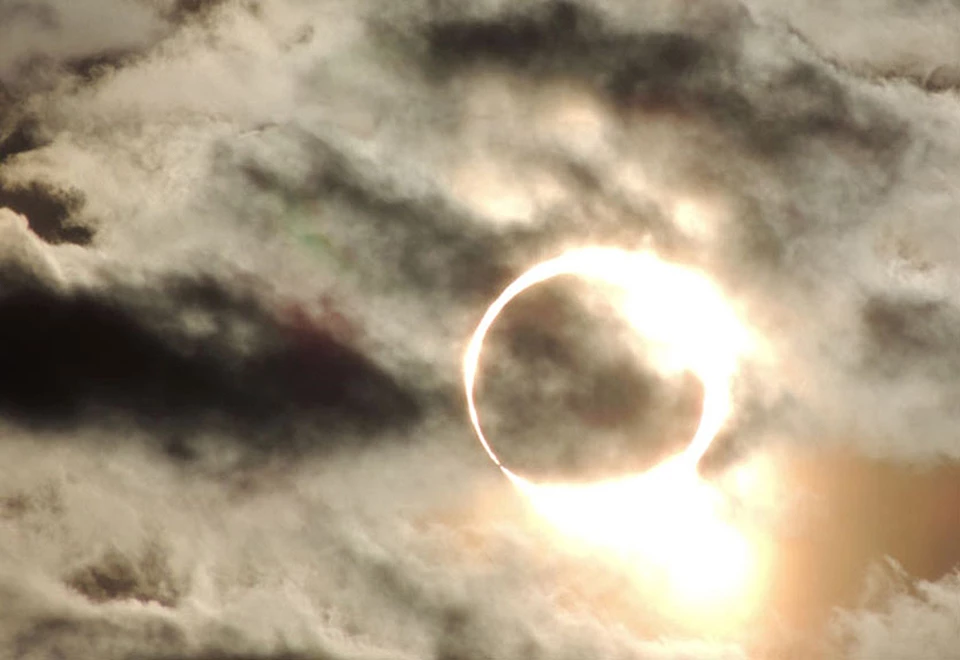Last updated: June 9, 2017
Article
Annular Eclipse: aka the Ring of Fire

NPS Photo
Annular solar eclipses happen annually, right? Short answer: No. Annular solar eclipses actually get their name from a ring of bright sunlight, or annulus. This “Ring of Fire” is visible around the moon during the maximum phase of this type of eclipse.
Total eclipse v. annular eclipse
Annular solar eclipses and total solar eclipses are similar in that they occur when the moon passes between the sun and Earth. The moon temporarily blocks the sun and casts its shadow on Earth. The difference has to do with geometry. The moon travels an elliptical orbit around the Earth. When the moon is closer to the Earth, it looks bigger in our sky, and can block more of the sun’s light, from our perspective here on the Earth. When the moon is close to the Earth in its orbit and aligns perfectly with the sun, a total solar eclipse occurs. When the moon is too far from the Earth to completely obscure the sun, an annular eclipse occurs.
Safe eclipse viewing
It’s never safe to look at the sun without eye protection at any time during an annular eclipse. And during a total solar eclipse, only when the solar corona is visible, is it safe to look at the eclipsed sun without specially designed solar filters, such as “eclipse glasses.” Homemade filters and ordinary sunglasses, even very dark ones, are not safe for looking at the sun. Learn more about how to view eclipses safely.
Most recent annular eclipse
The last annular eclipse visible from the United States occurred on May 20, 2012. The eclipse began over the Pacific Ocean and, from south of the Aleutian Islands, traveled to the California coast at Redwoods National Park. Then, from there, traveling at 1,000 mph, the shadow of the eclipse raced south and east over 30 national parks in California, Nevada, Arizona, Utah, and New Mexico, and even into west Texas before sunset. The next annular eclipse visible from the United States will be October 14, 2023, traveling across Oregon, Nevada, Utah, Arizona, New Mexico, Colorado, and Texas.
